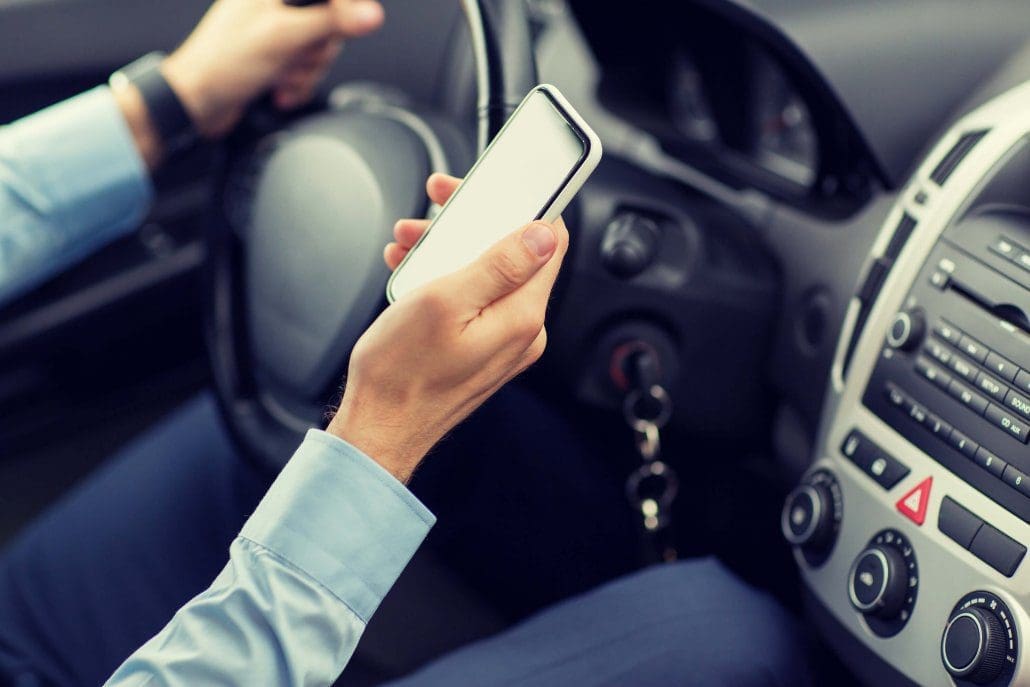WHO IS AT FAULT?
GET A FREE LEGAL CONSULTATION
People often presume the pedestrian had the right of way in a pedestrian accident. However, this is not always the case. Pedestrians are just as responsible for following the rules of the road as drivers are. The pedestrian, the driver, or both can be held liable for an accident if their negligent actions lead to the collision. This guide will help you understand how liability is determined in a pedestrian accident in Florida.
WHAT IS A PEDESTRIAN ACCIDENT?
A pedestrian accident is a type of automobile accident where a vehicle strikes a pedestrian or multiple pedestrians. A pedestrian accident can also be the result of a multi-car accident or other type of accident that causes a vehicle involved to run off the road and strike a pedestrian.
These accidents are often much worse for the pedestrian as they do not have the protection of a vehicle. There are many scenarios that can lead to a pedestrian accident. The important thing to look at when determining fault for a pedestrian accident is how did each party’s actions contribute to the accident.
HOW IS FAULT DETERMINED IN A PEDESTRIAN ACCIDENT IN FLORIDA?
One of the most crucial aspects of any type of car accident is to determine who was at fault for the accident. In a pedestrian-automobile accident, authorities must look at the actions of both the driver and the pedestrian leading up to the collision to determine fault. The driver is often presumed to be at fault but this is not always the case. It may be determined that the pedestrian was at fault for disobeying the rules of the road or that both parties held some degree of responsibility for the accident.
Eye witness accounts and statements from the parties involved can have the most significant impact on determining liability. However, these statements can sometimes contradict each other, especially when neither party agrees on who was at fault. An experienced pedestrian accident attorney can help you navigate difficult litigation to support your claim if you were injured in a pedestrian accident.
Being able to provide clear and compelling evidence to strengthen your injury claim can also help insurance companies or jurors determine fault. Evidence gathering should start immediately after the accident if you are physically well enough to do so. Maintaining detailed records throughout the claims process will help you win a more appropriate settlement for the damages you have suffered.
Evidence that can help support an injury claim after a pedestrian accident includes:
- Photos and videos of the scene of the accident
- Copies of a police report, witness statements, and accounts from each party involved
- Contact and insurance information from any party involved in the accident
- Contact information for any witnesses and first responders
- Detailed records for medical evaluations, treatment, bills, and recommended future treatments
- Records of any property damage
- Records of any other therapies or treatments you may need

THE ROLE OF NEGLIGENCE
Negligence will play a big factor in determining who was at fault for a pedestrian accident. Authorities will look to see if either party was negligent in their actions, leading to the crash.
The four key factors to look at when determining if a driver was responsible for an accident are:
- Duty of Care: The at-fault party had a duty of care to the other party or parties involved.
- Negligence: There was a breach of the responsible party’s duty of care leading to the collision.
- Cause: The negligent or purposeful actions of the at-fault party caused the accident.
- Damages: There was injury, financial loss, or other damage suffered by the victim.

WHEN IS THE DRIVER AT FAULT?
The operator of the vehicle that strikes a pedestrian can be perceived to be at fault for a number of reasons. One reason is that the driver does not often suffer serious injuries in such an accident. Vehicles offer drivers much greater protection in a collision than the human body offers pedestrians. This leads to pedestrians suffering more severe injuries in a pedestrian accident. For this reason, car, truck, and motorcycle operators need to drive at safe speeds relative to the posted speed limits and be extra vigilant about pedestrians near roadways.
Common ways that a driver is determined to be at fault for a pedestrian accident include:
- Not yielding to a pedestrian with the right of way
- Speeding through a residential neighborhood
- Running a red light or stop sign
- Not slowing down or being alert in an area with children playing in the street
- Failing to yield to a pedestrian in a crosswalk
- Hitting a pedestrian standing on the corner of an intersection while taking a turn too sharply
Not yielding to a bicycle with the right of way
Driving under the influence of drugs or alcohol

WHEN IS THE PEDESTRIAN AT FAULT?
Although the driver in an automobile-pedestrian accident is usually found to be at fault, the pedestrian can be liable for an accident. A pedestrian is usually held at fault for an accident if they did not have the right of way. This is usually due to jaywalking. Jaywalking occurs when a pedestrian is walking in part of the road they are not supposed to be without regard to the traffic around them.
Common types of pedestrian accidents where the pedestrian is considered at fault include:
- Crossing the street where there are no crosswalks or traffic control signs
- Walking through a crosswalk when they do not walk sign is on
- Walking in a dimly lit street at night with dark clothing on
- Entering a highway, road, or street while under the influence of drugs or alcohol
- Failing to look both ways before crossing the road
- Accidentally walking into the road while looking at a mobile device
- Entering prohibited walking areas along bridges, causeways, or other roads
- Running into the street to chase an object, such as a ball or papers blowing in the wind
- Failing to ensure the road is clear before stepping from behind covers, such as a bus or other large vehicle

CAN BOTH PARTIES BE AT FAULT?
There are pedestrian accidents where both the pedestrian and the driver share some portion of liability for the accident. For example, if a pedestrian was struck while jaywalking but the driver was texting while driving, both parties may be at fault for the accident. Each parties’ liability will be determined based on their level of negligence in the accident.
Another common misconception in pedestrian accidents is that the driver cannot be at fault if the pedestrian walked into the road while intoxicated on drugs or alcohol. This is not necessarily the case. Pedestrians will certainly have some portion of responsibility in an accident they caused by walking into the street under the influence. However, the driver may still hold some degree of fault if they were speeding, failed to adhere to traffic control signs, or were not paying attention.
That being said, keep in mind that a driver operating a motor vehicle under the influence of drugs or alcohol will almost always be considered solely at fault for an accident.
UNDERSTANDING COMPARATIVE NEGLIGENCE
Florida uses pure comparative negligence to determine who is at fault after a pedestrian accident. What does comparative negligence mean? Comparative negligence means fault will be determined based on how the percentage of responsibility each party holds for the accident.
For example, a court may determine that the vehicle driver held 60% liability for the crash, while the pedestrian had 40% liability. In this case, each party could file a claim against the other party for their percentage of fault in the accident.
A FLORIDA PEDESTRIAN ACCIDENT ATTORNEY CAN HELP
If you or a loved one has been injured in a pedestrian accident involving a vehicle, you may consider hiring a pedestrian accident attorney. A lawyer that specializes in pedestrian accidents will have the expertise and knowledge to help you successfully negotiate a fair settlement for your injuries following an accident.
Pursuing a pedestrian accident injury claim can be difficult if you are unfamiliar with the state laws the govern liability. Insurance companies will often try to take advantage of a claimant’s lack of legal knowledge and attempt to convince them to take a smaller settlement than they are entitled to. A pedestrian accident lawyer can help injury victims avoid these legal pitfalls and can represent clients in negotiations and legal proceedings.
Additionally, experienced personal injury attorneys, such as the Riverview attorneys at Calandro Law, will use their considerable resources and knowledge to investigate the accident to gather supporting evidence. Your lawyer will also work with your medical care providers to collect all the necessary documentation of your injuries, medical bills, and estimated costs of future treatment. An attorney can also help you calculate the true value of your claim and advise you on how much to ask for in a settlement demand letter and when to accept a fair offer.
